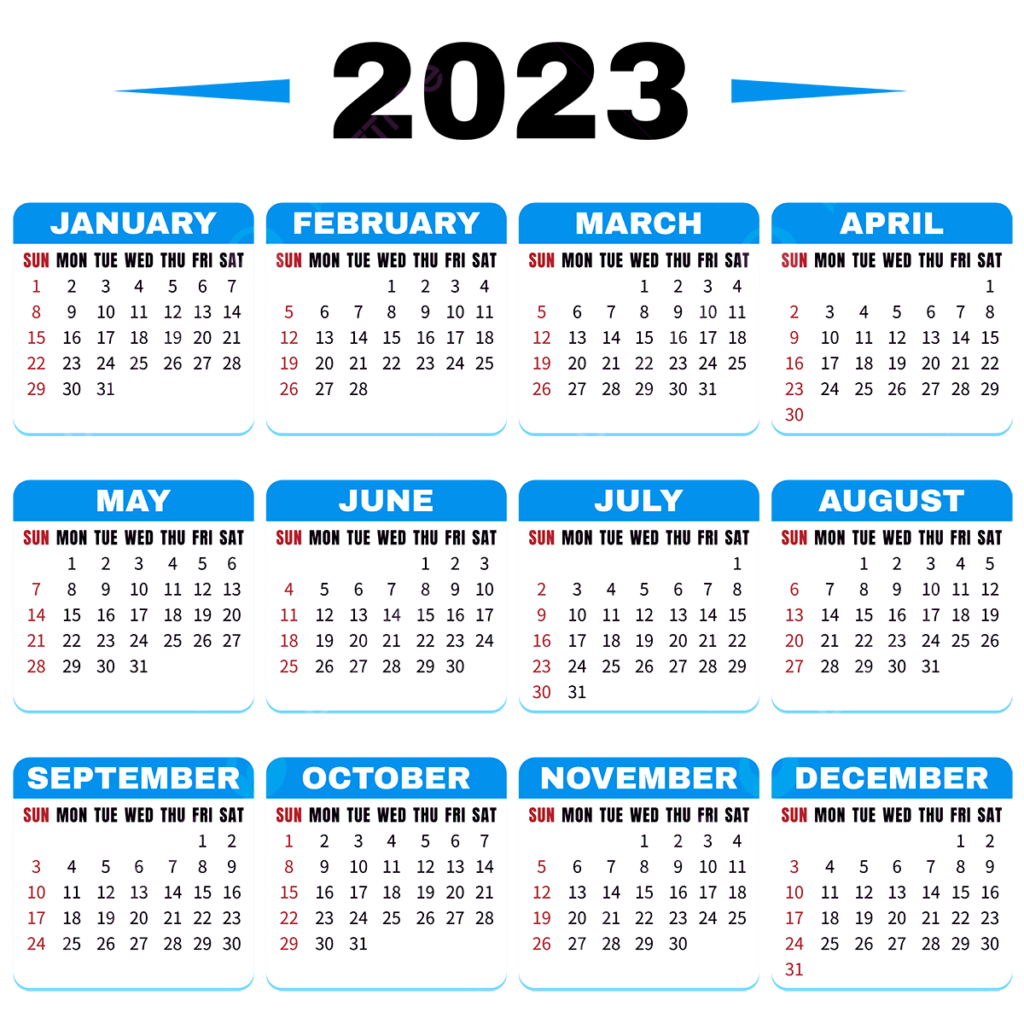In our daily lives, we often find ourselves counting down the weeks until a special event, a vacation, or even just the end of a hectic month. But have you ever wondered how many weeks are in a month? It might seem like a simple question, yet the answer can be quite perplexing due to the irregularities in the lengths of different months. In this article, we will delve into the intricacies of the calendar, exploring the concept of weeks in a month, shedding light on the burstiness of time, and providing you with a comprehensive understanding of how our months are structured.
Understanding the Gregorian Calendar

To comprehend the number of weeks in a month, we first need to understand the Gregorian calendar, the most widely used calendar system in the world today. The Gregorian calendar consists of 12 months, but not all months have the same number of days. Let’s break it down further:
Months with 30 Days
- April
- June
- September
- November
Months with 31 Days
- January
- March
- May
- July
- August
- October
- December
The Exception: February
February, the second month of the year, is an exception to the rule. It has 28 days in common years and 29 days in leap years.
Calculating Weeks in a Month
Now that we have a clear overview of the months, let’s calculate the number of weeks in each type of month.
Months with 30 Days
- 30 days ÷ 7 days/week = approximately 4.29 weeks
Months with 31 Days
- 31 days ÷ 7 days/week = approximately 4.43 weeks
February
- In common years: 28 days ÷ 7 days/week = 4 weeks (with 4 days left over)
- In leap years: 29 days ÷ 7 days/week = approximately 4.14 weeks
Burstiness and Perplexity: Unraveling Time

The irregularities in the number of weeks per month illustrate the burstiness and perplexity of time. Burstiness refers to the uneven distribution of events or data in a specific period, while perplexity signifies the complexity or confusion arising from unpredictable patterns. Our calendar system encapsulates these phenomena, making the measurement of time a fascinating and intricate subject.
Conclusion
In conclusion, the number of weeks in a month varies due to the differing lengths of the months in the Gregorian calendar. While most months have around 4 weeks, the irregularities in February and the distribution of days in other months create a bursty and perplexing calendar system. Understanding these intricacies enhances our perception of time and how we organize our lives.
Read also: How Many Grams in a Pound: Unraveling the Mystery
No, the maximum number of weeks in a month is approximately 4.43, which occurs in months with 31 days.
February has 28 days in common years and 29 days in leap years to keep the calendar year synchronized with the astronomical year.
Yes, there are several alternative calendar systems with varying month lengths, but the Gregorian calendar is the most widely used today.
Understanding weeks in a month helps in planning schedules, organizing events, and managing time effectively.
Leap years, occurring every 4 years, add an extra day to February, increasing the number of weeks in that month to approximately 4.14.




